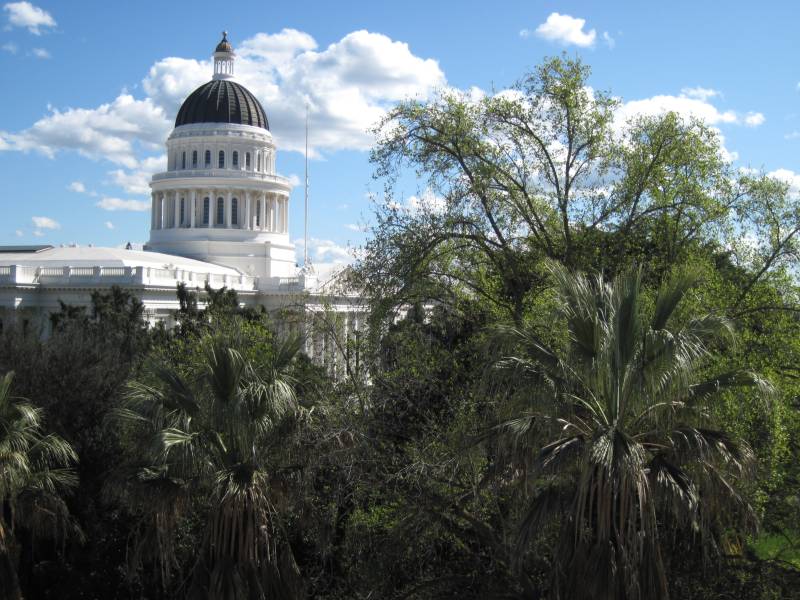Micheli said he has also seen a rise in state agency rule-making, which motivates those in support of or against regulations to lobby: “Some of these regulatory bodies, like the Air Resources Board — the number of regulations that they’re undertaking and their significance has been growing in recent years.”
Meanwhile, the number of legislative staff has shifted only slightly since the mid-1990s, according to data from the National Conference of State Legislatures. The staff count can impact how much time members have to write and research legislation. The increase in lobbyists means there’s now at least one lobbyist for every staff member, compared to two staffers per lobbyist back in 1995, the earliest data available from the Secretary of State’s office.
“The fact that the number of registered lobbyists has risen so high and outstrips the number of actual staffers that legislators have to help them with people’s work shows how skewed our system has become towards the interests of wealthy interests that also dominate campaign spending, rather than regular people,” emailed Trent Lange, executive director of California Clean Money Campaign — an advocacy group that aims to combat the influence of money on politics.
Lobbyists are required to register with the Secretary of State’s office, and report on their activities each quarter. That’s according to the state’s Political Reform Act, which passed in the aftermath of the Watergate scandal in 1974 in an effort to combat political corruption.
The law defines lobbyists as those who are paid to influence legislation or regulation through direct communication with lawmakers, outside of public comments. They can be hired as contractors by companies, or work to influence policy as an employee, although those who spend less than one-third of their time lobbying don’t have to register.
Lawmakers and those who work for state agencies legally must wait one year after leaving state jobs before working as lobbyists. Legislative staff do not have that requirement.

